Cameras in Depth: Handling a Rangefinder Camera
8 16 Share TweetBefore I start, I feel compelled to tell you that there are so many reasons for which a street (or a portrait) photographer should have a rangefinder camera. First of all, unlike SLR cameras, you can see the scene into the viewfinder when you press the shutter button, and this is a great help to avoid blurred photos when you are working with slow times (from 1/15 to 1/60 of seconds). In fact with an SLR camera the mirror movement hides the vision in the viewfinder for a time which, although very short, prevents you from being aware of a little camera motion.
Contrary to common belief, the motion blur is not mainly due to the vibrations caused by the mirror rebound, but from this very short time when you lose control of the frame (however the blur due to the mirror slap is rather important between 1/2 second and 1/15 of a second if you are using a non professional tripod, due to the lack of a good stability. For times longer that one second this effect became less important).
The other great advantages (for slow times) is that you can trap the viewfinder of a rangefinder camera between the front and nose, increasing the camera stability (for this reason it is not difficult to get sharp photos even with times between 1/8 and 1/30 of seconds), and that you can use both eyes to follow the scene.
I begin to analyze the ergonomics of some popular rangefinder cameras, starting from the cheap and basic Soviet ones (the mythical Zorki). In the series of photos above you can see the models Zorki 1, 4, 4k, 5, and 6.
My Zorki 1 (that I bought some years ago on the Lomography Online Shop) has a non standard set of times, but the old one with a letter Z to indicate the B pose, and with this series of times: 1/20, 1/30, 1/40, 1/60, 1/100, 1/200 ed 1/500 of seconds. This camera has the great advantage to be quite compact (especially if you mount a M39 collapsible lens like the Industar 10, 22, 50 or the famous Leitz Elmar 50/3,5mm) and it is the lightest of all these Russian cameras. As a basic copy of the early Leica cameras, it has (like the German models) a rangefinder window separate from the viewfinder. For this reason it is little convenient to take photos on the fly, because you have to move your eye from the rangefinder window (to focus) to the viewfinder one (to frame). Both windows, distant few centimetres, are rather dim.
In addition, to avoid damage to the shutter or have a malfunction on the shutter time, you must advance the film before selecting the shutter speed. This is made with a circular shape knob, certainly less rapid and immediate than a lever. The film roll is loaded by removing the bottom plate of the camera, as in the Zorki 5 and Leica models, and requires a film with a tail longer than the current standards. Therefore, if you plan to use more than one roll you should cut out the film tails before use them. Following this link you can find the instructions to do this properly. I do not feel the lack of flash contact (I seldom use it, apart from few experiments).
With an attractive design and sufficiently small body, the Zorki 1 is a pleasure to use: I personally don’t care too much about fine focusing adjustments (I work in hyperfocal mode) and I made only a quick frame check before shooting (I always leave space for a crop in post-production or in the darkroom printing). Here are two photos I took at the Simplon Park in Milan with this camera:
The most similar camera to this little Russian jewel is the Zorki 5. Like the previous one, it is a bottom loader camera (this awkward system, is nevertheless a solid guarantee against light damage: if the camera drop or suffer a collision you don’t risk the unwanted opening of the back). It has a (rather stiff) advance lever, and allows you to set the times even before advancing the film. As the Zorki 1 this camera does not have slow times (you have the B mode and the standard times between 1/15 and 1/500 of a second), but has the advantage of the coupling between rangefinder and viewfinder in a pleasantly bright window.
It should be noted that none of these Russian cameras has a parallax error correction mechanisms, take it into account for close-up photos and portraits.
Here are two photos taken with my Zorki 5, a camera which has been in production for a short time, especially with some problems on the advance lever (really badly designed); it was replaced by the Zorki 6:
So I pass to this model, very similar in the design to the previous one, and with the same technical specifications. It has a great improvement in the advance lever mechanism, smooth and precise. The bottom loading system was abandoned, in favour of a traditional back hinged on the right side of the camera (there is a rather rudimentary but reliable locking lever on the other side), allowing a quick film load. Be careful to the state of the seals, if they are worn you risk important to have light leaks from the back itself!
I use it with pleasure as a point and shoot camera in the streets. I don’t feel the lack of times slower than 1/15 second because they are virtually useless in street photography. Unlike the Zorki 1, the 5 and 6 models are equipped with hooks for a strap. The Zorki 5 and 6 have contact for both the flash cable (marked with a lightning flash) and a contact, now obsolete, used for lamps (also called bulbs, hence the name of the B pose, formerly used for this purpose).
Here are two photos taken with this camera, that I consider ergonomically the best of all these Russian jewels I have.
This Zorki, as the Fed 2 and 3 camera have a frame counter that needs to be manually reset;. After you have inserted the film in the take-up spool, close the back and advance by 3 frames. Now, with the shutter cocked, you have to rotate the frame counter disk matching the number zero with a small mark on the camera top (a dot or an arrow). If you reset the counter with an unfired shutter, the advancement of the counter will be wrong: in this case you have to cock the shutter and then to match the first notch on the disk with the mark.
If you need a camera with slow times, from 1 to 1/8 of seconds, you can find it on a Zorki 4 camera (with a knob for film advance) or a 4k (very similar to the previous one, but with an advance lever). It is important to say that the presence of these slow times was made with a spring delay device. However this device is not sophisticated like in the cameras produced in the Western world, so you must always advance the film before changing the shutter time, or you risk to destroy the time selector. If, for a mistake, you try to change the speed with an uncocked shutter, stop to rotate the speed dial when you encounter even the minimum resistance, and gently try to set the dial to the previous shutter speed.
The coupled viewfinder/rangefinder is very bright, but it suffers from a greater parallax error respect to Zorki 5 and 6. The 4 and 4k models are heavier than the previous three, for the presence of the slow times device.
The back of the camera can be removed rotating by 180 degrees two small lever on the bottom; this system can lose reliability and tightness over the years, so I recommend you to remove it with tact and delicacy. For the Zorki 4: take care that you don’t lose the take up spool, removable as in Zorki 1, 5 (and Fed 2) but less anchored to the shaft respect to these camera. This spool can easily fall to the ground when you open the camera! (In the Zorki 4k and 6, as in the Fed 3 and 5 there is not a removable spool, but a fixed one, so in these camera loading a film is a very easy and quick procedure).
The Zorki 4 is equipped with hooks for a strap, while the 4k doesn’t have them. In both models these were removed, the obsolete light bulbs contact.
Here are two photos I took with my Zorki 4:
And here are the other photos taken with my Zorki 4k:
The Fed camera is very similar to Zorki, with the same rangefinder/viewfinder system (dimmer that in the previous camera) and a similar shutter time selector. These cameras were made in Ukraine. In the following images you can see the models 2, 3 and 5 (that I have, together with a 5B and a 5C).
The Fed 2 camera is very similar to my beloved Zorki 6, except for a dimmer viewfinder and for the removable back as in the Zorki 4 and 4k. It has a knob for film advancing, and there isn’t the obsolete contact for bulbs. Intuitive and with nice ergonomics, it is built with a lighter material than the Zorki 6, and has a more silent shutter (always with rubberized curtains) with a less metallic sound. For these reasons, this is my second preferred camera among all these Russian models (Zorki 6 has better ergonomics thanks to the advance lever and bright viewfinder). Among my Fed cameras, only this model is equipped with hooks for a strap, the later models have none. This camera is very pleasant to manage thanks to his compact and lightweight body!
Here are two images I took with my Fed 2:
It is important to say that there are different developments of this camera, which resulted into the next model, the Fed 3 (this one is also available in different models). I have a rather recent model of this camera. For this camera you can apply the same considerations written for the Zorki 4k (same shutter speed selector with slow times, presence of an advancing lever, same way to remove the back), except that this camera has a dimmer viewfinder. Solid and well made, it is rather heavy and not so pleasant hold in your hand.
Here are two images taken with my Fed 3:
The Fed 5 is almost identical to the previous mode, except for the presence of an automatic counter pose (it is reset removing the back) and for the adding of a selenium cell exposure meter (this one is also present in the Fed 4, that I don’t have). The meter is present also in the model 5C (the only one with frames for parallax correction into the viewfinder). The other model, the 5B, is a simpler version of the 5, without the exposure meter. To know the exposure setting you must read the galvanometer needle and rotate a graduated index coaxial to the rewind film knob. This procedure is slow and the exposure meter is rather useless (the selenium cell is rather insensitive in low light conditions, while in daytime you can use the F16 rule.)
For all these cameras, the selection of the shutter speed is not so intuitive and immediate (fast times are too close together; for example there is less that one millimetre between the two faster time, so it is easy, if you need to made a fast selection, made a mistake between 1/500 and 1/1000 (for the Zorki 4 and 4k) or between 1/250 and 1/500 (for the other cameras).
Furthermore, in the models equipped with slow times, the B mode is placed between the synchronization time (1/30) and the faster time, a very unconventional way due to the need to have a very simple mechanism. For all these Russian cameras you can rewind the film rotating a cylindrical knob; this procedure is therefore rather slow.
Here are two images taken with my Fed 5:
All these cameras can mount M39 lens (like the famous Leica Elmar 35/3,5). The most ergonomic are the Industar 61 (and the 61L/D), that has click stops on the aperture ring, and the collapsible Industar 10 (also called Fed 50/3,5), 22 and 50. If you prefer a continuous setting of the aperture I recommend you the wonderful Jupiter 3 (or the recent 3+), the Industar 26 and the metallic body version of the Jupiter 8 (in the plastic model the aperture scale rotates together with the focus ring, increasing the risk of an unintentional change of the selected aperture value). The rigid Industar 50 has the same problem.
Be careful, with all these cameras, don’t touch the speed selector when you press the shutter button: the time selector rotate together with the curtains shaft, so you risk to slow down the movement of the shutter curtains. However, for the position of the shutter button and of the time selector, this accident is rather improbable (thanks to my trusty camera repairman for this little tip!).
All these cameras, except Zorki 1 and Fed 5C, have a diopter adjustment with a lever or with a ring, that for moderate nearsightedness or farsightedness allows an optical correction, so you can use this camera without wearing glasses (I prefer not wearing glasses with plastic lenses when I use these cameras, the metal frame around the viewfinder scratches the lenses very easily! – no problems if you use glass lenses).
The last Russian rangefinder cameras in this article is the Kiev: I’m currently an owner of a 4AM, a model without the useless selenium cell exposure meter. There are four versions of this camera: the 4 and 4M equipped with the exposure meter, the 4A and 4AM without it. The letter M indicates the presence of a rewind crank instead of the classic rotating cylinder.
Below you can see the two photos I took with a Kiev 4M, that I exchanged with a 4AM to have a rewind crank. This camera has nice viewfinder with a very precise rangefinder thanks to his long bases (the two windows are placed on the opposite sides of the camera). However, the shutter time selection (it is recommended to make it with the shutter cocked) is made lifting and rotating the advance knob (not a very convenient system in terms of ergonomics). If you mount a standard 50mm lens (like the Jupiter 9 or the Helios 103) on the Contax-like bayonet, take into account the infinity lock mechanism (to unlock this you can press the little focus wheel placed in the upper part of the camera, again a not very convenient way if you need to focus quickly). However, if you use a different focal length (for example my Jupiter 12 – a 35/2,8 lens), the lock mechanism is disabled and you can focus in a classic way by simply rotating the lens gear.
For all these cameras (Fed, Zorki, and Kiev), the viewfinder coverage is designed for a standard 50mm lens; if you want to use other focal length, it is better to use some auxiliary viewfinders to mount on the flash slide (that only in the Fed 5 and in the more recent Kiev 4M and AM models can be used for a flash; for all other cameras the slide has not electric contact and it only serves to mount these viewfinders)
If you prefer a more sophisticated camera able to work in semi-automatic mode, and with a reliable and accurate exposure meter, you can search for a Canonet (Ql17 or 19) or for the small Olympus (35RC and RD), or for the rare Lomo Elektra 112, all with a non-interchangeable lens.
My Canon Canonet QL17 GIII, small, compact and lightweight is a little masterpiece in terms of ergonomics. The coaxial rings to select times and apertures are easily adjustable even by people with non-small hands; the advance lever is precise and smooth, the exposure meter (a needle in the viewfinder) is easy to read and focusing is a pleasure thanks to a a ring gear with a short rotation angle provided with a small lever (that you can slide with the index finger).
The only ergonomic limit of this camera is when it works in semi-automatic mode (time priority). In case of strong under or overexposure (aperture smaller than F16 or larger than F1,7 – the limits of this camera), the shutter button was locked by a mechanism, and you risk to miss the opportunity to take an important image. You can override this limits using the camera in manual mode (but in this case the exposure meter is off). The camera has two flash contact: the slide and the one with coaxial cable. The “QL” letters means “quick load”, a very fast way to load the film: you have to place the film tail on the advancing mechanism, close the back and act four times the advance lever to set the film on the first frame.
Here are two images I took with this camera:
I have also a QL19, very similar to the previous one, but with slightly narrow maximum aperture (F1,9). There are different models of this camera; mine is one of the earlier models. It is rather heavy and large (its dimensions are comparable with an SLR camera), and does not have a contact for the flash on the slide. The more recent models have the same dimensions and weight of the QL17 and have both cable and slide contact for your flash. I found my QL19 too heavy (almost like a Zenit E), so I use it very rarely.
Here are two photos taken with this camera:
If you need a small, compact and lightweight rangefinder camera, the Olympus 35RC is the ideal for you. It works (like the Canonet) in manual or time priority mode, with shutter times between 1/15 and 1/500 of seconds, that you can select with a small wheel placed on the upper part of the camera. Ergonomically, the aperture ring is too small for people with big fingers of when you wear gloves. Setting it on A the camera works in semi-automatic mode; otherwise you can select the aperture (working in manual mode with the exposure meter off). The advance lever is precise and smooth, but not so quiet (a clicking sound while you advance it). It is important to note that the rewind knob is not linked to the back opening mechanism; to open it you must act on a small lever placed in the lover part of the back; this is a very safe system against accidental opening. As with all professional cameras, it has two flash contacts: one for the coaxial cable (the most reliable) and the other on the slide. With this camera you must take care about the self-timer lever: if it gets entangled in the shoulder belt you risk to break it! There are many used 35RC cameras with this lever broken! This camera has the same shutter lock mechanism in case of strong under or overexposure than the Canonet, again easy to override selecting the manual mode.
Here are two images taken with this camera (one of my preferred in terms of ergonomics,along with my Canonet):
The rare Lomo Elektra 112 (a Russian copy of the famous Yashica rangefinder cameras), is compact and lightweight, with a precise exposure meter. It works in aperture priority mode, with apertures between 2.8 and 22. It has a nice rapid advance lever, a lever to lock the shutter button (and to turn off the camera). The aperture ring is coaxial with the focusing one, both are easy and smooth to manage. The exposure data are minimal, as I wrote in the first article of this series, but they are more than sufficient for street photography. The viewfinder is very bright and the rangefinder is well contrasted. I’d use it more often if it were not a collector’s item!
Here are two photos taken with this rare camera:
In the next article I’ll write about the ergonomics of some SLR cameras. Lomo On!
Cameras-in-Depth is a series dedicated to a comparison between film cameras, illustrating some hidden details to help you to choose the right camera for you! The previous articles were about Plain Glass Viewfinders, SLR Viewfinders, and about Handling a Pocket Camera.
written by sirio174 on 2016-08-15 #gear #rangefinder #review #fed #zorki #kiev #olympus #canonet #regular-contributor #lomo-elektra #cameras-in-depth
translated by sirio174


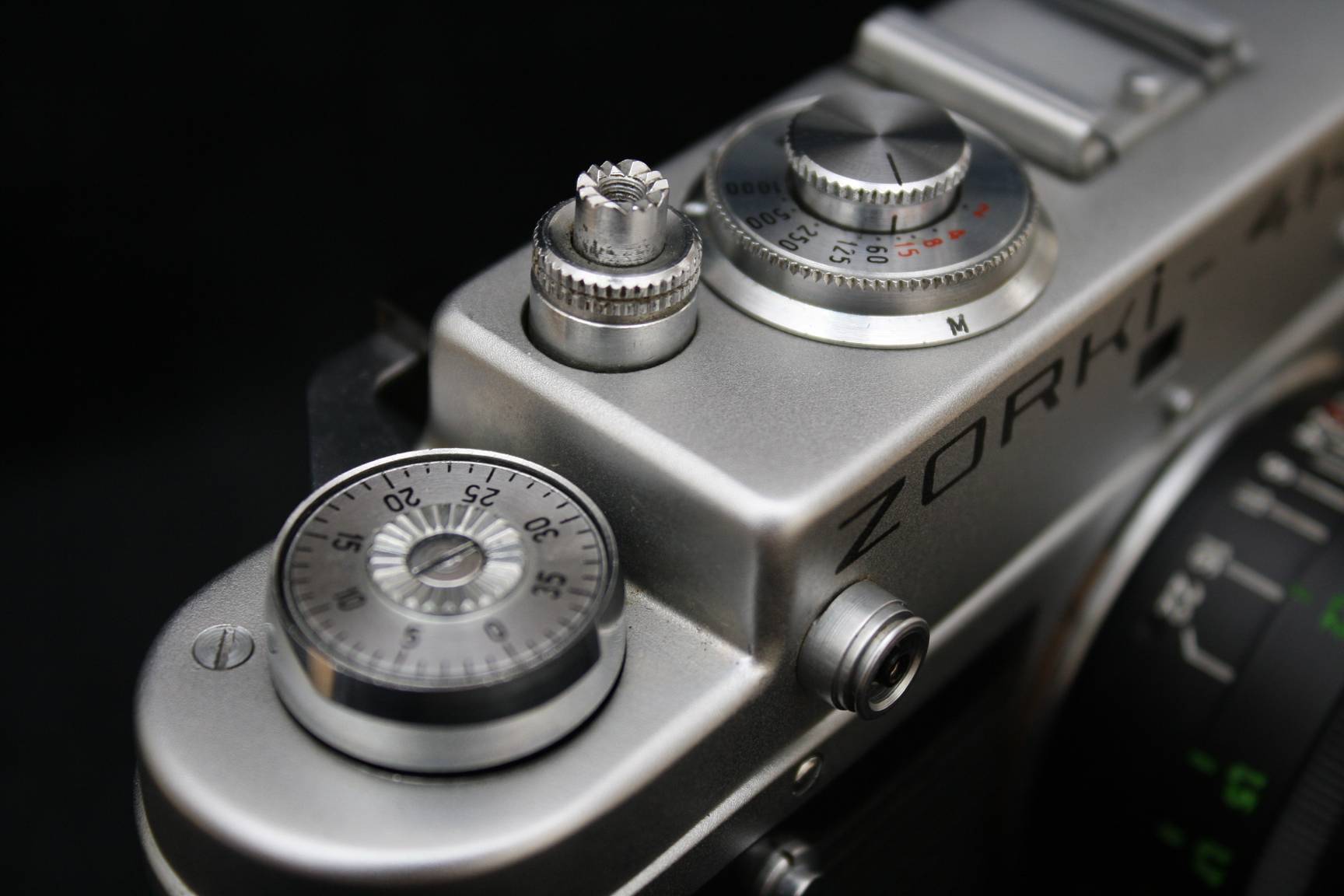








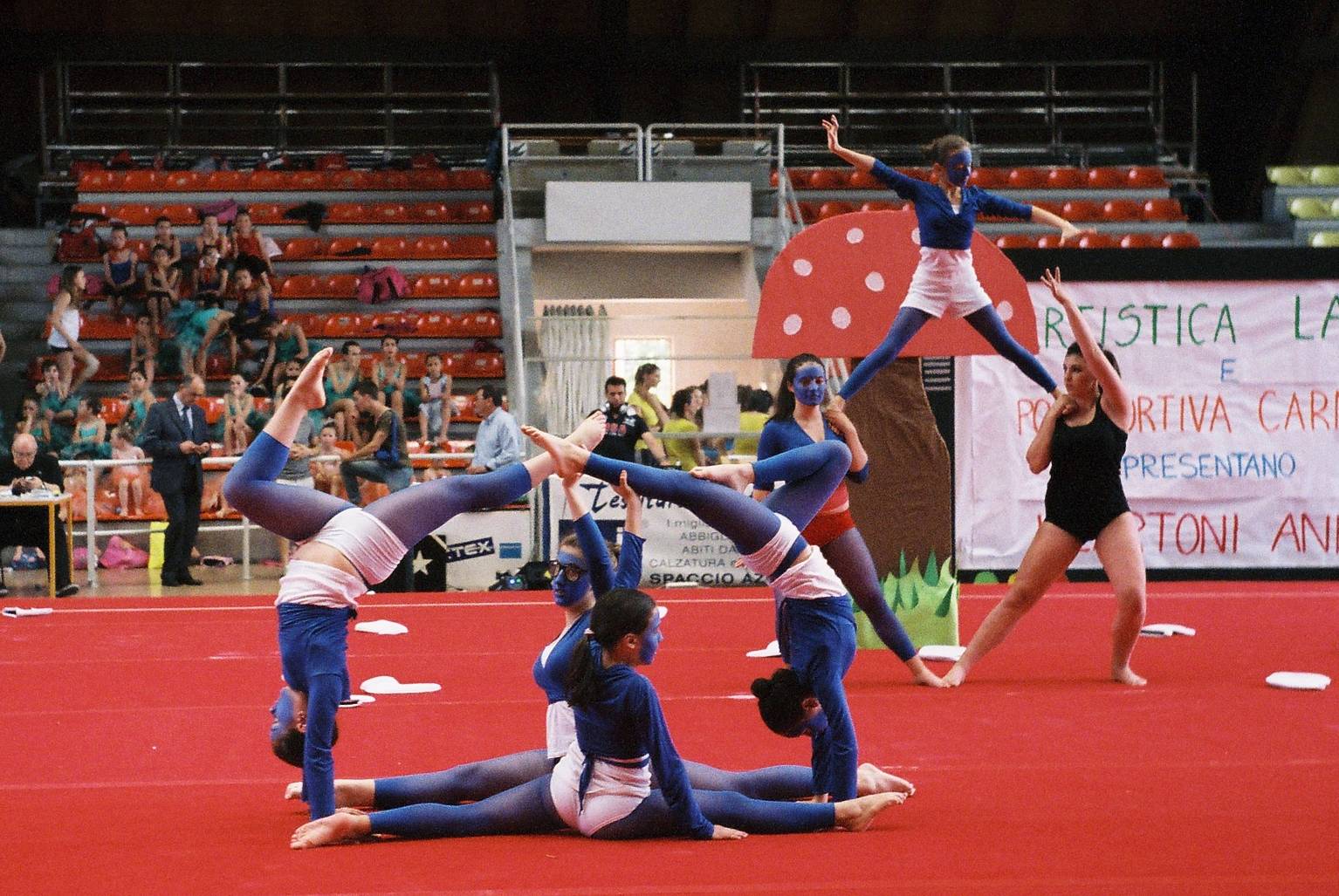


















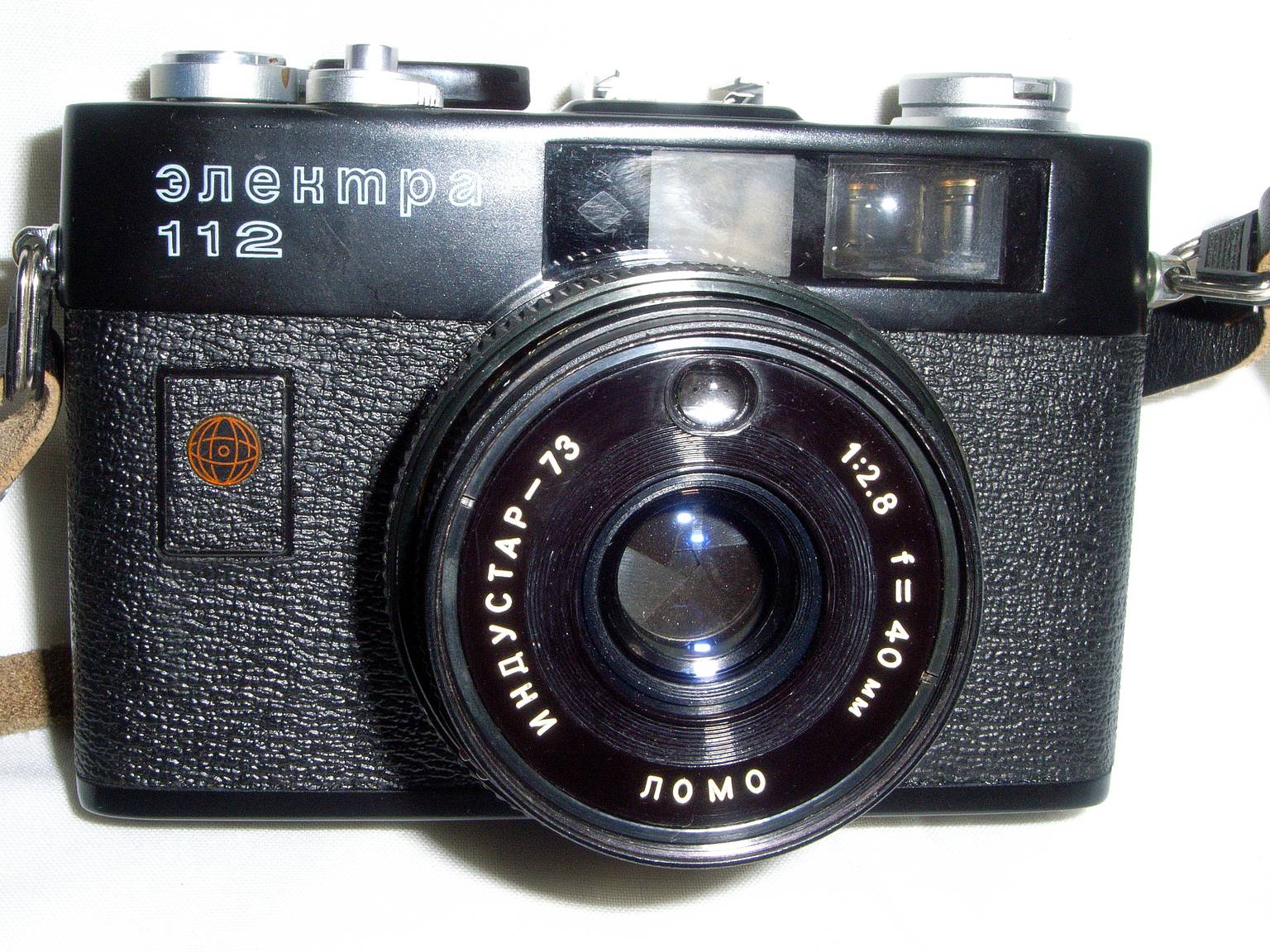




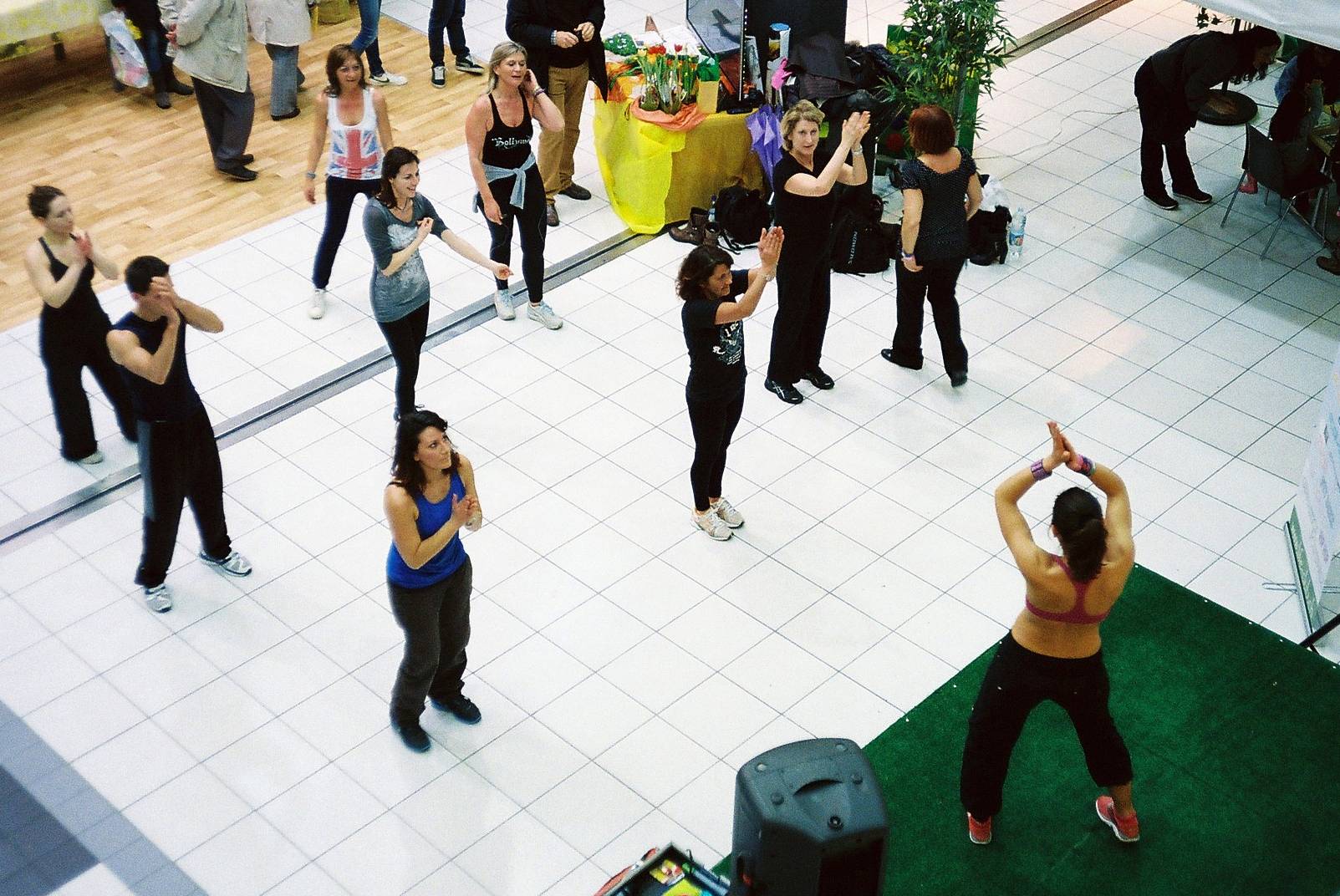
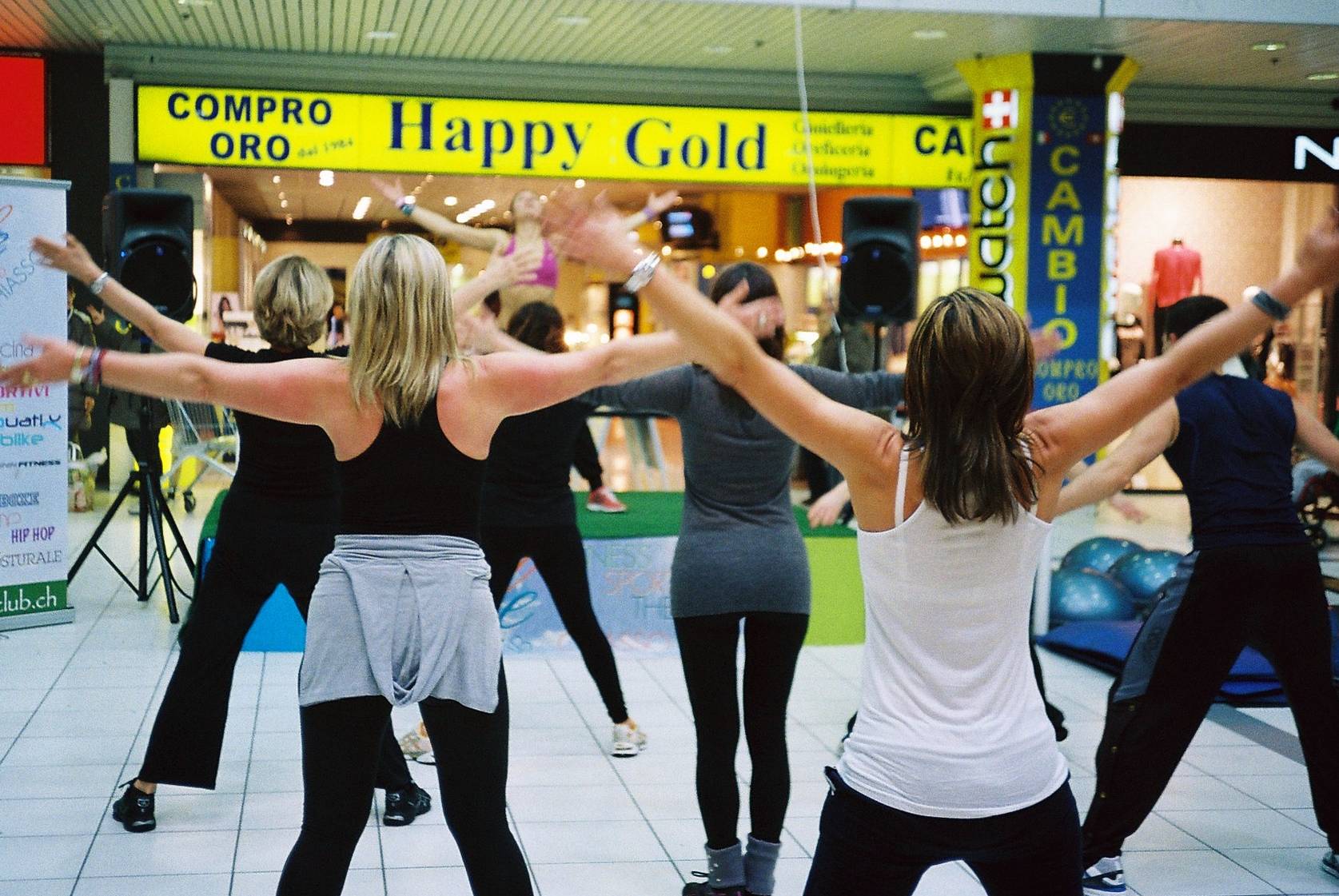


















8 Comments